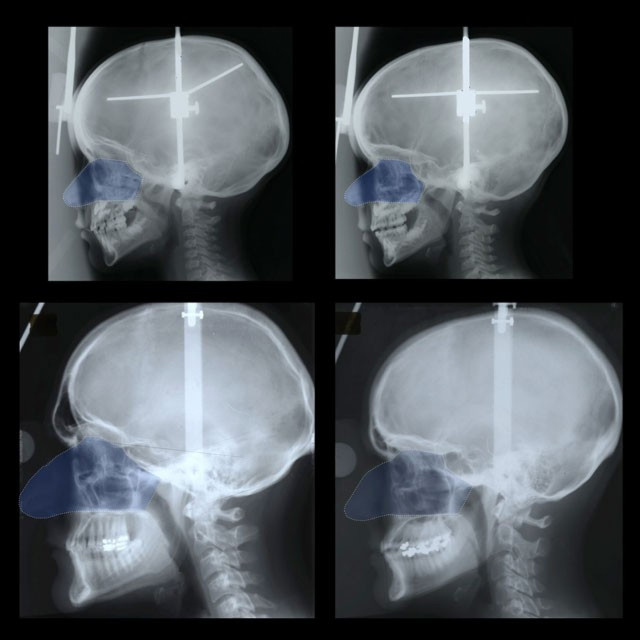Why Do Men Have Bigger Noses Than Women? Study Finds The Answer

Men’s noses are about 10 percent larger than that of women, according to a new study from the University of Iowa, which attributed the reason for the difference in size to the requirement of oxygen humans need for muscle growth.
The findings of the study, published in the American Journal of Physical Anthropology, showed that as men have leaner muscle mass, they require more oxygen for muscle tissue growth and maintenance. Larger noses help breathe in more oxygen to be transported through blood to supply the muscle.
“This relationship has been discussed in the literature, but this is the first study to examine how the size of the nose relates to body size in males and females in a longitudinal study,” Nathan Holton, assistant professor at the university's College of Dentistry and lead author of the paper, said in a statement. “We have shown that as body size increases in males and females during growth, males exhibit a disproportionate increase in nasal size. This follows the same pattern as energetic variables such as oxygenate consumption, basal metabolic rate and daily energy requirements during growth.”

According to the researchers, differences in nose size generally begin to appear at around the age of 11 when puberty starts. While males grow more lean muscle mass during that period, females grow more fat muscle mass. Some earlier research revealed that during puberty, nearly 95 percent of the gain in body weight comes from fat-free mass, compared to 85 percent in females.
Researchers believe that the findings also explain why early humans, such as Neanderthals, had bigger noses than modern humans. According to them, our ancestors had more muscle mass, and so they needed larger noses to maintain that muscle. In addition, the rib cages and lungs are also smaller in modern humans, which reinforce the idea that we do not need as much oxygen as our ancestors.
“So, in humans, the nose can become small, because our bodies have smaller oxygen requirements than we see in archaic humans,” Holton said. “This all tells us physiologically how modern humans have changed from their ancestors.”
The researchers examined nose size and growth in 38 people of European descent from the time they were three years of age until their mid-twenties. After taking external and internal measurements at regular intervals for each individual’s nose, the scientists concluded that males and females had similar nose sizes when they were young. But, after around the age of 11, the size difference grew more pronounced, which was reflected in the measurements.
The researchers acknowledge that their research looked at people of European descent only, but added that the findings should also apply to other populations as physiology cuts across cultures and races. However, according to Holton, further studies would be needed to confirm this.
© Copyright IBTimes 2025. All rights reserved.






















